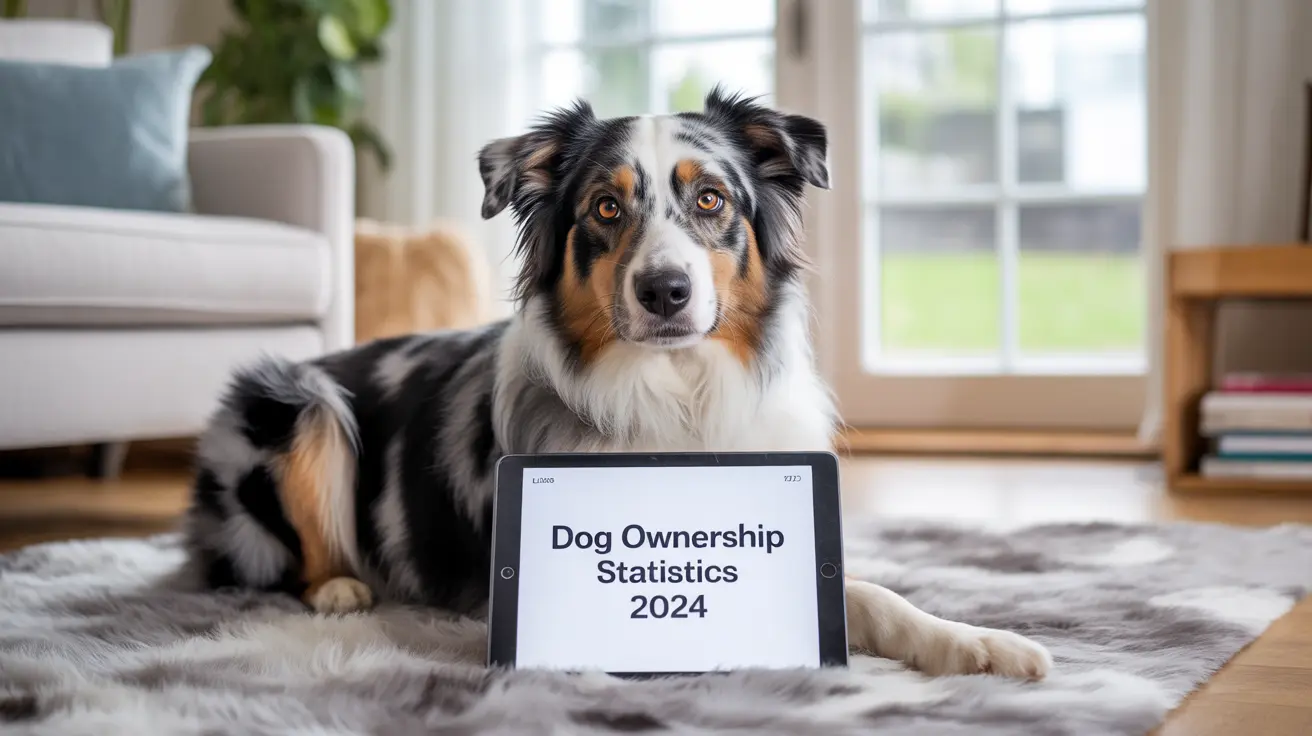Dog Ownership Demographics in America
As of 2025, an impressive 68 million U.S. households include at least one dog, representing 51% of all American homes. This marks a significant increase from previous years, highlighting the growing popularity of canine companionship.
Millennials lead the pack in dog ownership, comprising 30% of all pet owners, followed by Gen X and Baby Boomers at 25% each. Interestingly, younger men between 18-44 show higher dog ownership rates (71%) compared to women in the same age group (60%).
Geographic Distribution and Regional Preferences
Rural Americans demonstrate the highest pet ownership rates at 71%, often maintaining multiple pets per household. Idaho stands out as the state with the highest dog ownership rate at 58.3%, followed by Montana (51.9%) and West Virginia (51.6%).
Urban and suburban areas show distinct patterns in dog ownership, influenced by factors such as housing type, lifestyle, and local regulations. These regional variations reflect the diverse ways Americans incorporate dogs into their lives across different living environments.
Economic Impact and Spending Patterns
The U.S. pet industry has reached an unprecedented $152 billion in annual spending, with dog-related expenses comprising the largest segment. First-year dog ownership costs typically exceed $1,030, not including ongoing expenses for food, veterinary care, and other necessities.
Gen Z and Millennial dog owners are driving significant growth in premium pet products and digital pet services, with social media platforms increasingly influencing purchasing decisions for dog-related products and services.
Social and Cultural Significance
An overwhelming 97% of pet owners consider their dogs family members, reflecting the deep emotional bonds between humans and canines. This sentiment has led to increased demand for dog-friendly workplaces, travel accommodations, and housing options.
The rise of pet influencers and "dogfluencers" on social media has transformed how Americans interact with and celebrate their canine companions, creating new cultural phenomena and marketing opportunities within the pet industry.
Health and Wellness Trends
Modern dog owners are increasingly focused on their pets' physical and mental well-being, driving growth in specialized veterinary services, behavioral training, and mental enrichment products. Advanced veterinary treatments, including cancer therapy and orthopedic procedures, are becoming more accessible to pet owners.
The emphasis on preventive care and wellness has led to increased adoption of pet health technology, including smart collars, health monitoring devices, and telehealth veterinary services.
Frequently Asked Questions
How many households in the U.S. own dogs and which age groups are the largest dog owners?
As of 2025, 68 million U.S. households own dogs, with Millennials representing the largest group at 30% of all pet owners, followed by Gen X and Baby Boomers at 25% each.
What are the average annual costs of dog ownership, including food, veterinary care, and supplies?
Initial year costs exceed $1,030, with ongoing annual expenses varying based on factors such as size, breed, and health needs. This includes food, routine veterinary care, grooming, and basic supplies.
Which U.S. states have the highest rates of dog ownership?
Idaho leads with 58.3% of households owning dogs, followed by Montana (51.9%) and West Virginia (51.6%).
How do dog ownership demographics differ by gender, income, and geographic location?
Young men (18-44) show higher ownership rates than women, while 52% of dog-owning households report incomes over $55,000. Rural areas show the highest ownership rates at 71%.
What are the main trends in dog-related spending and pet product purchases among Millennials and Gen Z?
These generations drive growth in premium pet products, online purchases, and social media-influenced buying decisions, with particular emphasis on high-quality nutrition and tech-enabled pet care products.






